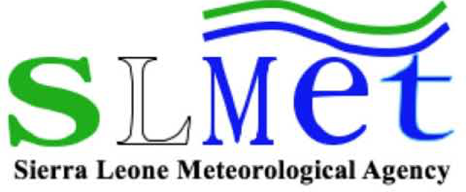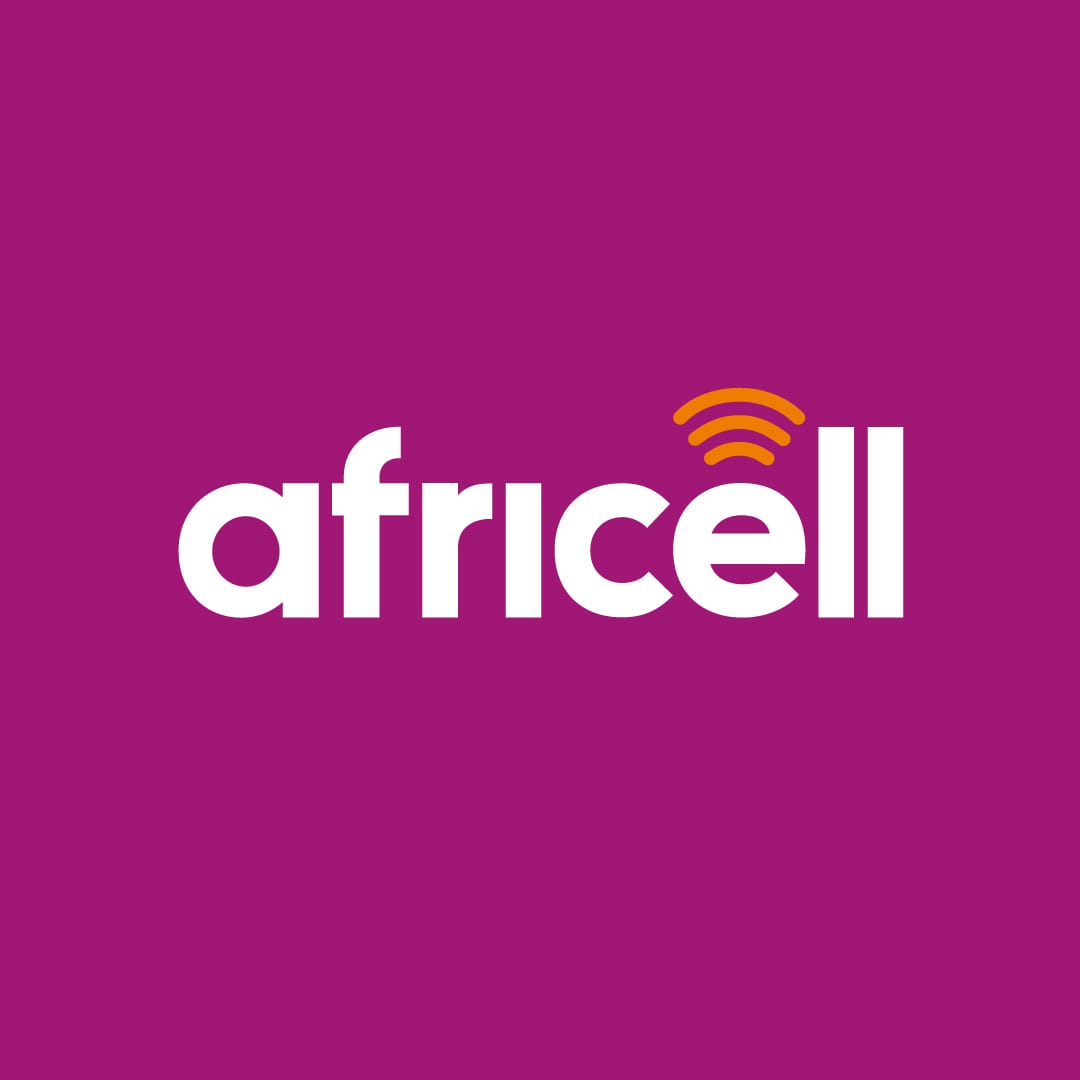The Agency, in collaboration with Marine Biology, Oceanography (IMBO) and Fisheries, conducted the workshop at the Saphyre Court off Kingherman Road in Freetown.
SLMet’s deputy director Gabriel Kpaka, in his remarks on the occasion, said the training was focused on the Marine sector to enable workers in the sector effectively and efficiently forecast what is happening in the coastal area.
He said the training would equip and empower the training beneficiaries to enhance their knowhow in reporting on sea levels and interpreting or enlightening people on how they should use the sea.
He said SLMet had installed marine weather stations, which would always give feedback on sea level in the costal areas.
In his PowerPoint presentation, Dr Raymond Johnson said the five-day training would equip the technical staff with knowledge about sea level and measurement and on how to interpret them.
He said the training would provide the best platform for the trainees to better understand good networking in the coastal areas.
“Sea level data measured and recorded at a tide gauge installation is frequently required for use at some other locations,” he said.
He also said the method of data transmission used would depend very much on the time the response required, adding that the distance involved time and scales.
He maintained that a number of systems had been designed for use by water authorities to allow an instantaneous measurement to be transmitted by using the PSTN.
“A number of suitable satellite systems are available for use, including ARGOS, GOES, METEOSAT, GMS and INMARSAT, each having different characteristics,” he said, adding that sea level data had been collected for many years as historical facts, and in some cases, data might have been archived at a national level.












